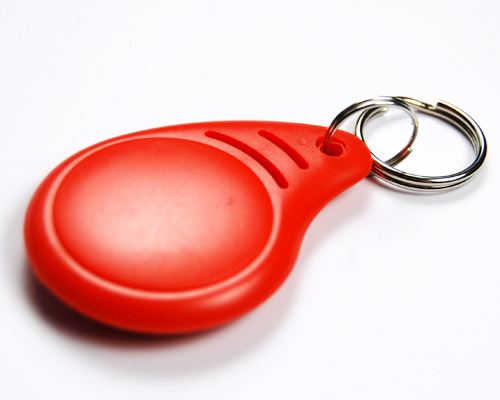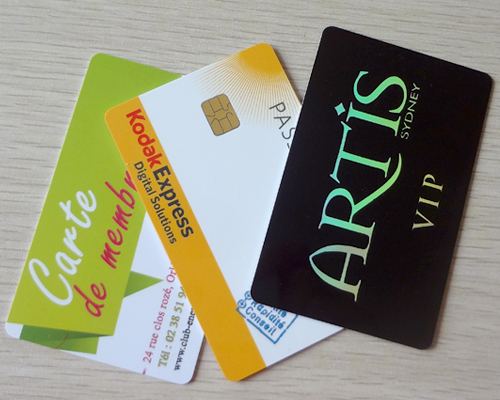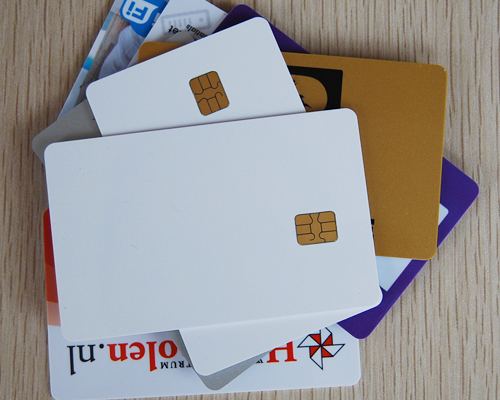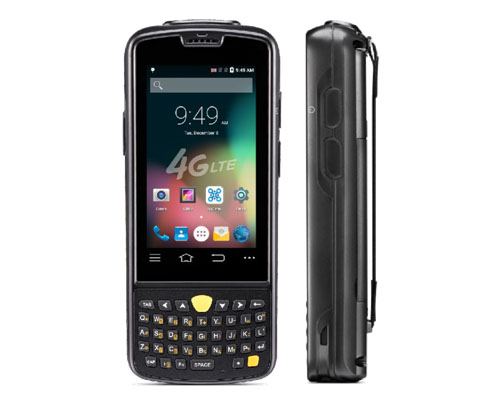passive rfid tag, active rfid tag, and semi-passive rfid tag
http://www.enjoyrfid.com/ 2017-1-13 9:52:57 From:Enjoyrfid Technical Hit:
Three types of RFID tags: passive, active, and semi-passive (also known as battery-assisted passive, or BAP) are differentiated by how they communicate and how that communication is initiated. Although, they all use radio frequency energy to communicate between a tag and a reader, the method of powering the tags is different. An active RFID tag uses an internal power source (battery) within the tag to continuously power the tag and its RF communication circuitry, whereas a passive RFID tag has no internal power supply and relies on RF energy transferred from the reader to the tag. It is important to note that while this distinction may seem minor on the surface, its impact on the functionality of the system is significant. OPRFID.com has long recognized the need for creation of a single platform which combines the application of each technology. The result is the ability for organizations to deploy not only a single type of tag within their environment, but rather, any combination of the three types of tags. This platform has opened up the door to a plateau of new types of applications of RFID. This is particularly important in environments that may have special requirements and different tracking needs, such as health care facilities and hospitals that might be tracking large and expensive assets with active RFID tags, but smaller, less-expensive or disposable inventory items with passive or semi-passive tag technologies.
Passive RFID Tags
Rely entirely on the reader as their power source. These tags are may read up to 30 feet away depending on the type of material to which they are attached and have lower production costs. Accordingly, they can be attached to the merchandise that is less costly, higher volume or disposable. These tags may be manufactured to be disposable, along with the items on which they are placed. A recent breed of passive tags have incorporated electronic elements to store and save the energy received from the reader in a fashion similar to how rechargeable batteries work. Tags may then use the power from this source to transmit data in longer range of up to 50 feet.
OPRFID.com offerings of passive tags include Class 1 and Class 2 Gen 2 passive tags in 800 and 900 MHz range in various sizes and packages suited for different applications and material. By application, they include:
* Metal tags
* Palette tags
* Personnel tags
* Itemized Tags
* Package tags
* DoD and Walmart Complaint Tags
* Active and Semi-Passive RFID Tags
Have their own source of power and are reserved for more costly items that are read over greater distances. They broadcast high frequencies from 850 to 950 MHz and ISM 2.4 GHz band that can be read from 100 feet or more away. Additional power may be used to boost these tags' range if necessary. Semi-passive tags do not transmit a beacon, but rather only transmit their data once interrogated by a reader. Due to the onboard power source, semi-passive tags much like active tags can contain on-board processor for customized applications and sensor integration. Semi-passive tags are ideal for rapid development of customized RFID tags, since they do not require FCC certification.
OPRFID.com offerings of Active RFID tags include:
850 MHz range Europe FHSS modulation
900 MHz range North America FHSS modulation
2.4 GHz WiFi tags based on 802.11 b/g
2.4 GHz Zigbee tags for mesh sensor networks
AiRISTA's offering of Semi-Passive (Battery Assisted) tags include:
850 MHz range Europe FSK modulation
900 MHz range North America FSK modulation
Worthy of noting is yet another factor that influences the cost of RFID tags, their data storage. There are three storage types: read-write, read-only and WORM (write once, read many). A read-write tag's data can be added to or overwritten. Read-only tags cannot be added to or overwritten -- they contain only the data that is stored in them when they were made. WORM tags can have additional data (like another serial number) added once, but they cannot be overwritten.
Passive RFID Tags
Rely entirely on the reader as their power source. These tags are may read up to 30 feet away depending on the type of material to which they are attached and have lower production costs. Accordingly, they can be attached to the merchandise that is less costly, higher volume or disposable. These tags may be manufactured to be disposable, along with the items on which they are placed. A recent breed of passive tags have incorporated electronic elements to store and save the energy received from the reader in a fashion similar to how rechargeable batteries work. Tags may then use the power from this source to transmit data in longer range of up to 50 feet.
OPRFID.com offerings of passive tags include Class 1 and Class 2 Gen 2 passive tags in 800 and 900 MHz range in various sizes and packages suited for different applications and material. By application, they include:
* Metal tags
* Palette tags
* Personnel tags
* Itemized Tags
* Package tags
* DoD and Walmart Complaint Tags
* Active and Semi-Passive RFID Tags
Have their own source of power and are reserved for more costly items that are read over greater distances. They broadcast high frequencies from 850 to 950 MHz and ISM 2.4 GHz band that can be read from 100 feet or more away. Additional power may be used to boost these tags' range if necessary. Semi-passive tags do not transmit a beacon, but rather only transmit their data once interrogated by a reader. Due to the onboard power source, semi-passive tags much like active tags can contain on-board processor for customized applications and sensor integration. Semi-passive tags are ideal for rapid development of customized RFID tags, since they do not require FCC certification.
OPRFID.com offerings of Active RFID tags include:
850 MHz range Europe FHSS modulation
900 MHz range North America FHSS modulation
2.4 GHz WiFi tags based on 802.11 b/g
2.4 GHz Zigbee tags for mesh sensor networks
AiRISTA's offering of Semi-Passive (Battery Assisted) tags include:
850 MHz range Europe FSK modulation
900 MHz range North America FSK modulation
Worthy of noting is yet another factor that influences the cost of RFID tags, their data storage. There are three storage types: read-write, read-only and WORM (write once, read many). A read-write tag's data can be added to or overwritten. Read-only tags cannot be added to or overwritten -- they contain only the data that is stored in them when they were made. WORM tags can have additional data (like another serial number) added once, but they cannot be overwritten.
post comment(0)






